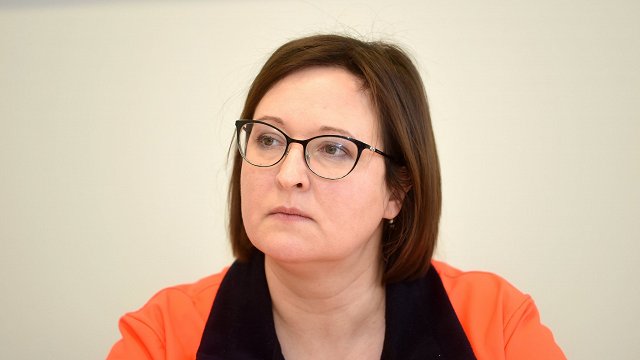Prescribed medicines were used by 46,2 % of the population.
Over the past five years, the use of non-prescribed medicines has fallen by 4 percentage points, while the use of prescribed medicines has risen by 4.8 percentage points.
Habits of using medicines differ notably between males and females. Non-prescribed medicines are used by 58.9 % of females and 39.1 % of males (62.7 % and 43 % in 2014), while prescribed medicines are used by 54 % of females and 36.6 % of males (49.9 % and 30.7 % - in 2014).
As age of persons increases, the share of the population who use prescribed medicines also increases. Prescribed medicines are used by 17.8 % of young people aged 15-24, while among seniors (aged 75 and over) the consumption is 4.8 times higher: prescribed medicines are used by 86.1 % of seniors.
Unlike medicines prescribed by a doctor, the use of non-prescribed medicines is less affected by age. Among females, the use of medicines is evenly high in almost all age groups - about 60 %. For males, the rate ranges from 31.5 % (15-24 years) to 46 % (35-44 years). Compared to 2014, the use of non-prescribed medicines has decreased in all age groups, except for females aged 25–34 and males aged 35–44.
Non-prescribed medicines are most often used by people with higher education (58.2 %), employees (50.9 %), as well as people in wealthier households (53.4 %). In turn, the lowest rate of consumption is observed among the population with lower than basic education level (37.8 %), unemployed (48 %) and population in low-income households (46.8 %).
In five years, the share of the population, not being able to afford to buy prescribed medicine has decreased by 4.5 percentage points. Last year, 8 % of residents of Latvia had a case when they could not afford to buy medicines prescribed by a doctor (10.3 % of females and 5.3 % of males). 60.1 % of the population could always pay for medicines prescribed by a doctor, while almost a third (31.9 %) did not need to buy medicines. The population aged 55 and over (11.9 %) and the lowest income population (19 %) were more likely to be unable to afford to buy medicines.
6 thousand residents of Latvia aged 15 and over were surveyed during the European Health Interview Survey (EHIS) in 2019 – 2020, and their answers were generalized to all residents of the respective age. The survey clarified the well-being and subjective opinion of the population about their health, it gave a self-assessment of lifestyle, use and availability of health care services in relation to the socio-economic indicators of the population.





























